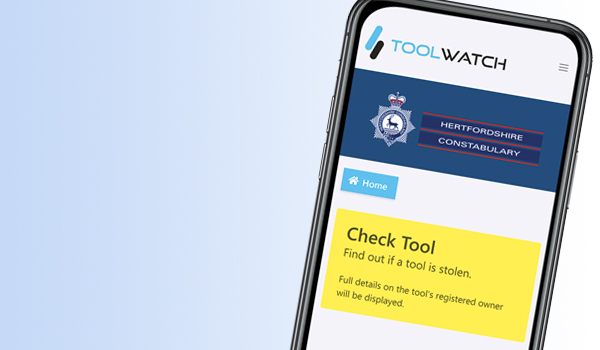Helping to deliver the Policing Pledge
In order to deliver a holistic response to the Policing Pledge it is vital to have systems integration and interoperability. Widely recognised for its command and control expertise, Fortek Computers has just gone live with its first police pilot that combines hi-tech officer location systems and crime mapping with its VISION communications control system. Police Professional spoke to Forteks business development manager Paul Troughton.

In order to deliver a holistic response to the Policing Pledge it is vital to have systems integration and interoperability. Widely recognised for its command and control expertise, Fortek Computers has just gone live with its first police pilot that combines hi-tech officer location systems and crime mapping with its VISION communications control system. Police Professional spoke to Forteks business development manager Paul Troughton.
Ensure your neighbourhood policing team and other police patrols are visible and on your patch at times when they will be most effective and when you tell us you most need them
they will spend at least 80 per cent of their time visibly working in your neighbourhood, tackling your priorities.
Policing Pledge.
This is one of ten issues within the Policing Pledge and six of those are directly addressed by how we use automatic personal location systems (APLS) and command and control, explained Paul Troughton, business development manager at Fortek Computers.
The Policing Pledge creates a specific set of business requirements driven by the need for consistent call handling, the ability to manage complex events and the need to present the information in a meaningful way.
Theyre the drivers behind the Policing Pledge, said Mr Troughton. Now how you translate that into real activity using technology is what were all about.
The existing disparate systems currently being used by UK police forces are individually good at delivering their specific requirements, but they often share only limited information between their core services. Consequently, forces are challenged with exploiting their existing technologies in a way that allows them to deliver against additional requirements imposed by the Home Office.
We take command and control and deliver techniques that enable the police to take on issues that are raised by the public and that are promised to be delivered in terms of the Policing Pledge.
In order to start delivering this, if we can track and trace a police officer within a geographic area, plot it on a map and give it back to the force, it can then turn round and say theres the evidence [that our officers are spending time in the community].
That is what APLS is all about.
APLS works by sending an automatic satellite signal to the officers radio at designated intervals. Using this information, the officers position is plotted on a map. As his or her position changes the map creates a slug trail showing not only where the officer is, but also where he or she has been.
Two of the main benefits are officer safety and the ability to see which resource is closest to an incident, avoiding the need to rely on personal geographic knowledge or radio updates from officers, saving valuable time.
Resource deployment is enhanced with a geographic information system (GIS) that can be used in conjunction with APLS and automatic vehicle location systems (AVLS) to provide dispatchers or controllers with up-to-date information to assist them, and to provide patrolling officers with other information and intelligence.
This provides emergency response management in line with the Policing Pledge.
Command and control
Forteks command, control and communications solution, VISION already employed by a number of forces includes integrated routing algorithms to calculate response times based on the location of the incident and the nearest officer or vehicle using APLS and AVLS.
At the time of incident creation, VISION offers a simple display that provides the dispatcher with resource location and estimated response time. This ensures that the most appropriate resources are dispatched to the incident scene and an estimated time of arrival is given.
Forteks resource location software also improves officer safety. Officers can be automatically identified spatially by call sign and collar. This provides a reliable and highly-graphical means of identifying the




